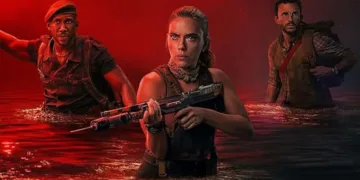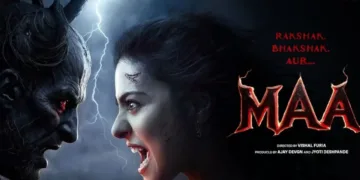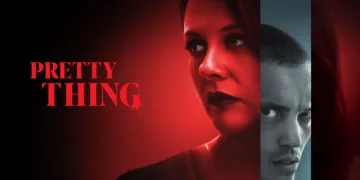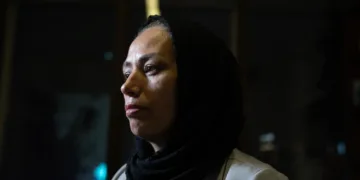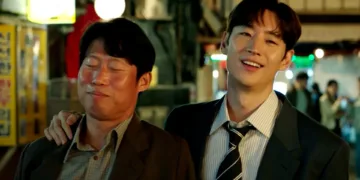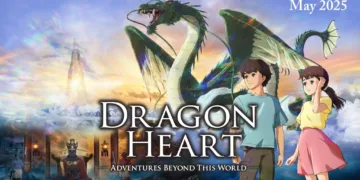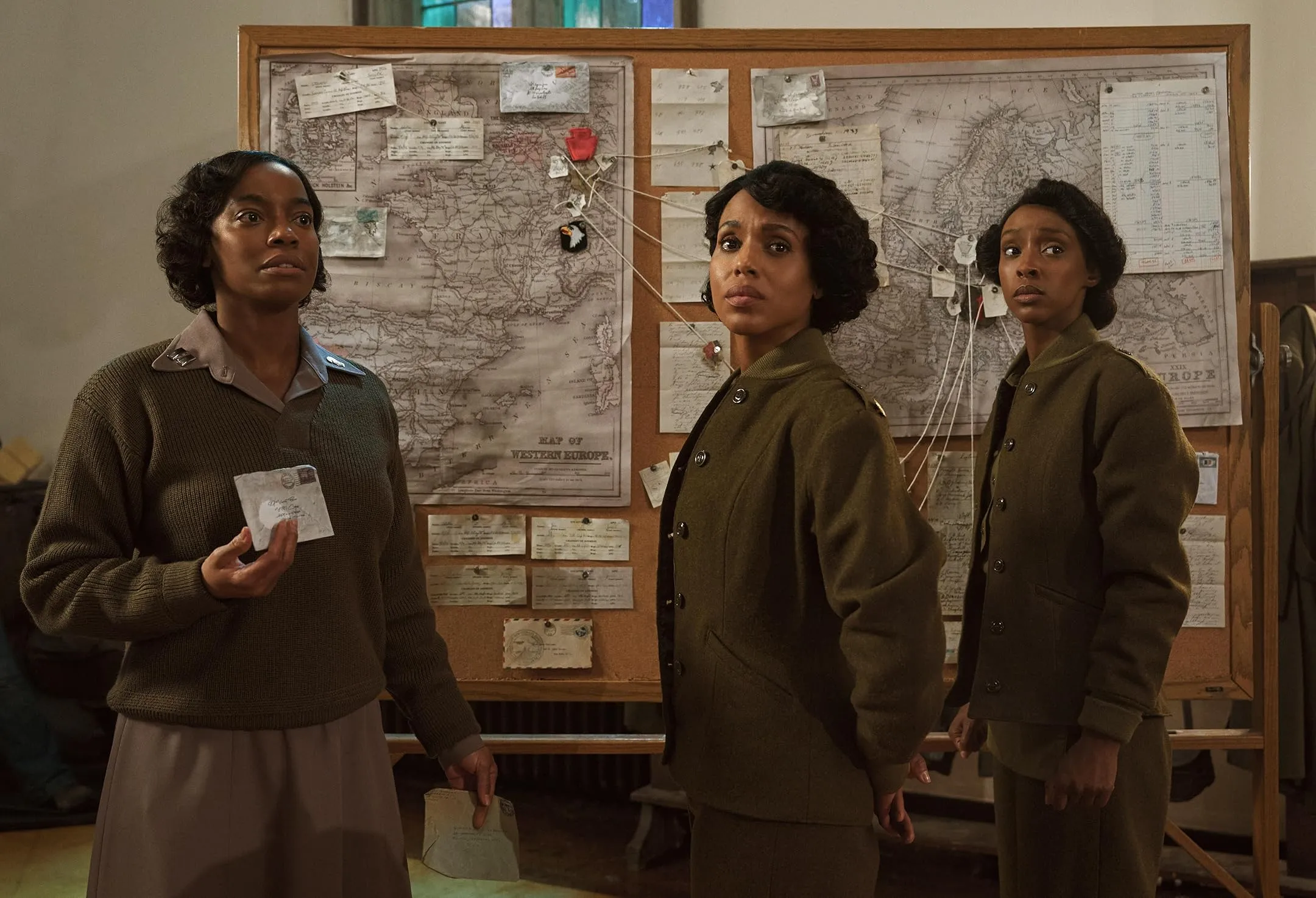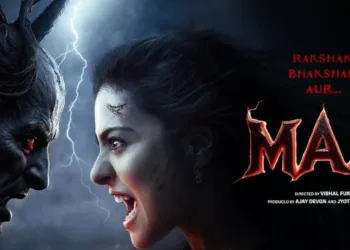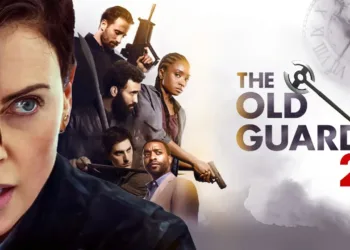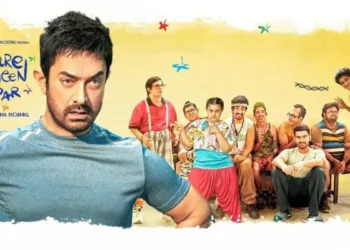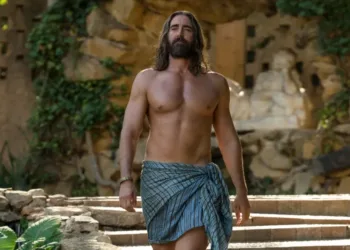The 6888th Central Postal Directory Battalion is a spectacular but frequently forgotten part of World War II history. As the only Women’s Army Corps unit of colour to deploy overseas, they were assigned the vital role of sorting mail, which went beyond simple logistics.
(Some say sorting letters was the initial form of emotional assistance.) Their task was more than just carrying packages; it was about bolstering the soldiers’ spirits, providing a lifeline to their loved ones, and, in many ways, supporting the very fabric of morale at one of history’s darkest times.
However, this unit’s story has been pushed to the outskirts of historical history, overshadowed by more traditional tales of bravery. The irony is not lost: while bullets flew and bombs exploded, these women demonstrated their type of strength, which included patience and perseverance in the face of systematic negligence.
Tyler Perry’s decision to highlight the 6888th is thus more than just a cinematic endeavour; it is a form of cultural reclamation. By bringing this tale to light, he challenges standard historiography and encourages viewers to evaluate the contributions of disadvantaged communities. (Perhaps it’s time we created a term for this: “historical reclamation cinema.”)
The film serves to reinvigorate the narrative of the 6888th, demanding recognition and respect for their sacrifices in a culture that frequently overlooks the varied roles performed by women and people of colour. The juxtaposition of their heroics against the backdrop of a war that often glorifies more conventional figures prompts a reconsideration of what true courage entails.
Plot Summary
At the centre of this film is Lena Derriecott, a character whose personal sorrow drives her into the military. Lena, who lost her boyfriend in the war, epitomizes a complicated blend of grief and determination—a sad reminder that the struggle for personal closure frequently echoes greater global conflicts. Her goals are about service and finding meaning in loss (a timeless theme: how does one make sense of sadness amid chaos?).
In stark contrast but equally engaging, Major Charity Adams is a formidable leader navigating the dangerous seas of institutional discrimination. She stands as a symbol of women, confronting the biases of her time while representing the strength and dignity of the women she leads. Adams’ character serves as a vessel for delving into the intersections of race, gender, and duty—a triad that complicates but enriches the narrative.
The battalion’s principal duty—sorting through an amazing 17 million letters—is the film’s narrative backbone. The stakes are palpably high, with a short schedule looming above them. Each letter is more than just a message; it is a lifeline, a connection to home that soldiers sorely need. Their challenges are numerous, ranging from logistical difficulties to personal rivalry. The battalion’s journey becomes a microcosm of greater societal struggles.
The film skillfully mixes themes of teamwork and perseverance as they navigate these challenges, illustrating that the fight for recognition frequently occurs both on and off the battlefield. (Is it reasonable to call sorting letters a form of combat? Perhaps we need the term “emotional logistics.” The narrative tension arises from the physical constraints of their labour and the emotional weight of their shared past.
Character Analysis
Kerry Washington’s portrayal of Major Charity Adams is riveting. She emerges as a remarkable example of leadership in the face of adversity. Her leadership style is strong and compassionate, addressing the complexities of a largely male military context while confronting systemic prejudice.
Adams does not simply tolerate discrimination; she actively challenges it, transforming her struggles into a force for change. (One would describe her as a strategic chess player in a game with rigged rules—always a few moves ahead.)
Significant scenes in the film, such as her passionate speeches to motivate her troops, serve as defining character arcs. In a particularly moving sequence, she proclaims, “We are fighting not just for ourselves, but for all the women who came before us.”
This phrase encapsulates her aim and resonates with larger societal themes of representation and equity. Each dramatic moment unveils layers of her character, showcasing her transformation from a soldier restricted by institutional biases to an empowered figure who inspires everyone around her.
Lena Derriecott, played by Ebony Obsidian, provides a highly sympathetic emotional journey. Her resilience is inextricably linked to her bond with Abram, whose loss inspired her first motivations. Lena’s arc is more than just personal sadness; she represents the effort to find meaning in the face of immense pain. Her character is an emotional anchor for the audience, giving them a prism to engage with the film’s historical background.
As Lena picks through the letters, each becomes a vessel for her memories, representing the relationships we cling to in times of distress. Her story underscores a common truth: resilience frequently emerges from vulnerability. In many ways, Lena’s struggles parallel those of many others fighting their fights, making her a moving, if imperfect, representation of the human spirit.
While these characters are diverse, they combine to provide a narrative rich in themes of leadership, loss, and the pursuit of recognition. The film challenges us to reflect on the complexities of their travels within the larger fabric of history, emphasizing the often-overlooked contributions of people who pave the way for change.
Themes and Motifs
The film vividly examines the dual spectres of racism and gender discrimination that are intimately woven into the fabric of Black women’s military experiences. It does not shy away from exposing the challenges that characters like Major Charity Adams and Lena Derriecott face, showcasing a military society riddled with systematic inequalities.
The conversation crackles with tension, reflecting cultural views that frequently minimize the contributions of women, particularly women of colour. (One may argue that it is a classic example of “double jeopardy”: fighting both the enemy abroad and biases at home.
The portrayal of these challenges is more than just didactic; it serves as a mirror, reflecting bigger societal issues. The battalion members navigate a landscape rife with microaggressions and overt prejudice, but their resilience shines through the gaps of institutional intolerance.
This duality is forcefully represented in exchanges that question the status quo, as Adams’ leadership takes on the form of a subtle rebellion against the prevailing standards. The film challenges the audience to consider how we may elevate underrepresented perspectives in traditionally silenced areas.
Resilience and empowerment emerge as important themes, eloquently demonstrated by moments of resourcefulness and camaraderie among battalion members. One particularly stunning sequence depicts them cleverly reusing their limited resources to ensure that the letters reach the soldiers on time—a metaphor for the creativity required to navigate an unjust world.
The theme of solidarity is not just a backdrop but a driving factor behind the war. Their united struggles highlight the importance of community in the face of adversity, implying that true empowerment is frequently a collaborative effort. As they sift through millions of letters, each one serves as a reminder of their interconnectedness—an example of how support and resilience can overcome particular struggles.
Through these themes, the film creates a theme that resonates far beyond its historical context, pushing spectators to reflect on contemporary issues of race, gender, and the ongoing search for equality.
Directorial Style and Cinematic Techniques
Tyler Perry’s directing style in this film finds a careful balance between melodrama and historical narrative, a fine line that can inspire profound participation or stray dangerously near cliché. Perry has a talent for emotional manipulation; his ability to elicit tears or laughter is well known.
He uses these tactics with purpose here, creating meaningful settings on both a personal and collective level. (One could call it “Perry’s Emotional Alchemy”—turning sentiment into gold, but sometimes at the expense of overindulgence.)
The film’s emotional beats are frequently heightened by heartbreaking music and close-up images that linger long enough to draw the audience into the characters’ inner agony. While this method can develop a profound connection, it occasionally borders on predictability. The audience is invited to feel, frequently in ways that appear choreographed rather than genuine, raising whether one may be too earnest in storytelling.
Visually, the film excels in set design and photography, successfully portraying the 1940s. The attention to detail in the uniforms, bustling mail facilities, and muted colour palettes create an immersive environment that transports spectators back in time. Cinematographer (insert name) captures the battalion members’ courage and dedication, portraying their task with dignity that starkly contrasts with the systematic oppression they face.
Performances are another important component of the film’s impact. Kerry Washington and Ebony Obsidian give nuanced performances that sustain the narrative, and their rapport reflects the camaraderie required for survival in a difficult environment.
These performances bring the historical setting to life, making the characters’ struggles feel more immediate and urgent. The film thus goes beyond simple historical retelling, encouraging audiences to engage with the broader cultural ramifications of its narrative.
The film becomes a vehicle for both recollection and reflection through Perry’s viewpoint, forcing audiences to examine the importance of these neglected stories in the larger tapestry of American history.
Reception of Key Scenes
The film is interrupted by numerous major triumphs that expertly convey the women’s hard-won achievements and well-deserved recognition from their superiors. One noteworthy scene is when Major Charity Adams is praised for her leadership before a group of male officers. This act confirms her authority and represents a rare recognition in a male-dominated field.
This moment resonates strongly, reflecting a greater societal change toward recognizing the contributions of women, particularly women of colour, in traditionally male-dominated positions. (It’s like watching a pot boil; the heat is present, but it is beautiful and necessary when it finally bubbles over.)
The emotional high points that link personal sacrifices to the battalion’s overall purpose are also powerful. In a particularly moving scene, Lena Derriecott receives a letter from home that encapsulates her inner conflict: the weight of loss against the backdrop of duty.
As she reads, the camera lingers, allowing viewers to feel the tremendous isolation and longing that bind her to her past and present. This sequence perfectly encapsulates the narrative’s emotional stakes, illustrating how personal sacrifices drive the battalion’s collective spirit.
These passages improve the narrative and highlight the film’s cultural significance by reminding audiences of the often-overlooked sacrifices made by individuals fighting for dignity and connection, both on the battlefield and in their personal lives.
Conclusion and Lasting Impact
“The Six Triple Eight” significantly contributes to historical consciousness by illuminating the unknown tales of the 6888th Central Postal Directory Battalion. By bringing this narrative to the forefront, the film challenges spectators to confront the exclusions of standard historical discourse.
It emphasizes the importance of recognizing disadvantaged groups’ contributions, reminding us that history is frequently a tapestry woven from the threads of many voices, some of which have been hushed for far too long. (This film could be described as a historical megaphone, highlighting voices that the mainstream narrative has neglected.)
Reflecting on the film’s impact, it is evident that “The Six Triple Eight” belongs in a bigger discourse about Black history and representation in film. It shows Black women’s struggles and successes throughout WWII and serves as a pertinent reminder for current discussions about race, gender, and equity in various contexts. As the film navigates these themes, it paves the way for future storylines that explore similar stories of resilience and empowerment.
In an age when representation is more important than ever, this film sets the way for a more inclusive depiction of history—one that recognizes the complexities of identity and the complexity of varied perspectives. The potential for future storytelling expands immensely as filmmakers draw inspiration from this moving chapter, encouraging a larger, more nuanced examination of the past.
The Review
The Six Triple Eight
"The Six Triple Eight" is a moving tribute to the unsung soldiers of the 6888th Central Postal Directory Battalion, combining emotional depth and historical relevance. Tyler Perry's direction strikes a good mix of melodrama and sensitive storytelling, and Kerry Washington and Ebony Obsidian's performances are extremely moving. The film challenges audiences to confront ignored histories and their relevance today by illuminating the struggles of Black women in the military. It significantly contributes to the conversation about race, gender, and representation in film.
PROS
- Powerful performances, especially by Kerry Washington and Ebony Obsidian.
- Strong focus on an important yet overlooked historical narrative.
- Effective blend of emotional depth and historical context.
- Raises awareness about race and gender issues in the military.
- Engaging cinematography and production design that evokes the 1940s.
CONS
- Occasional melodrama may feel overdone to some viewers.
- Some emotional beats can appear predictable.
- Limited exploration of certain supporting characters.















